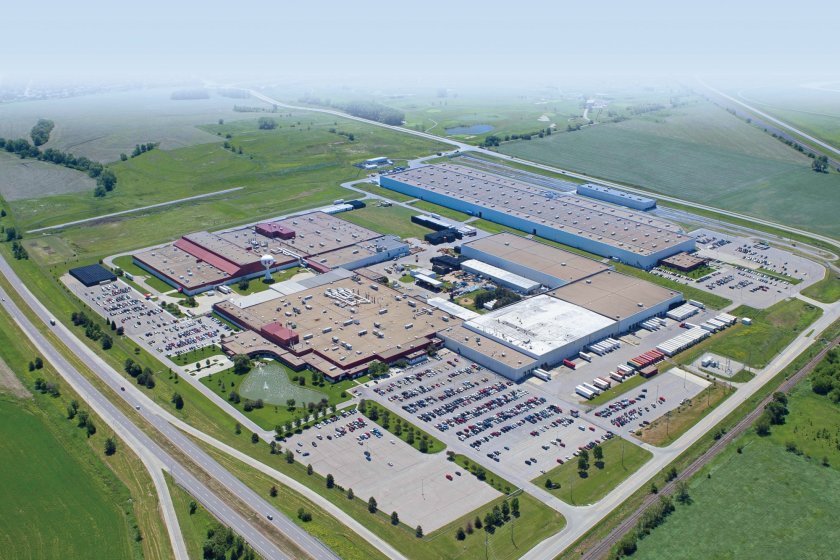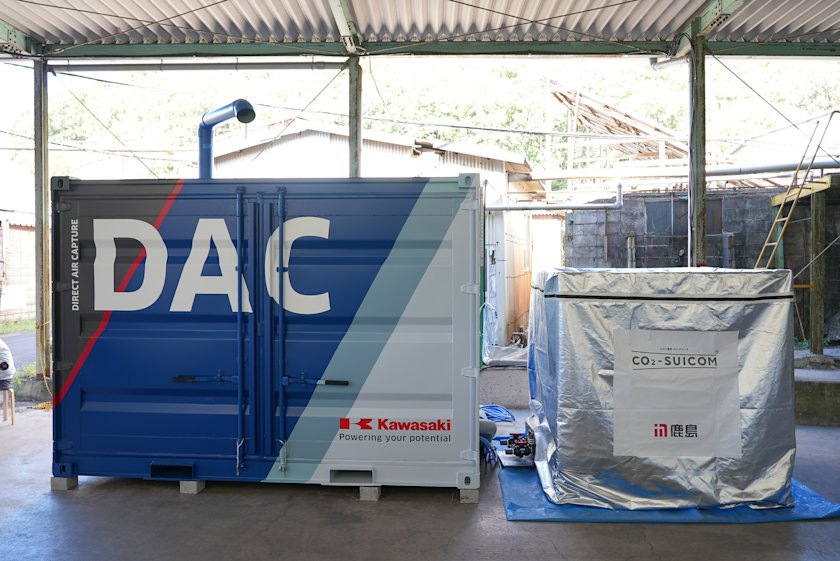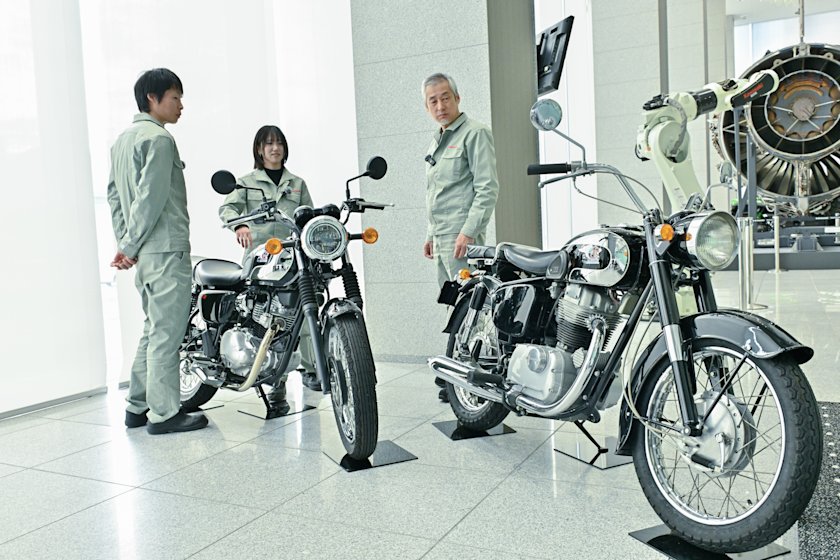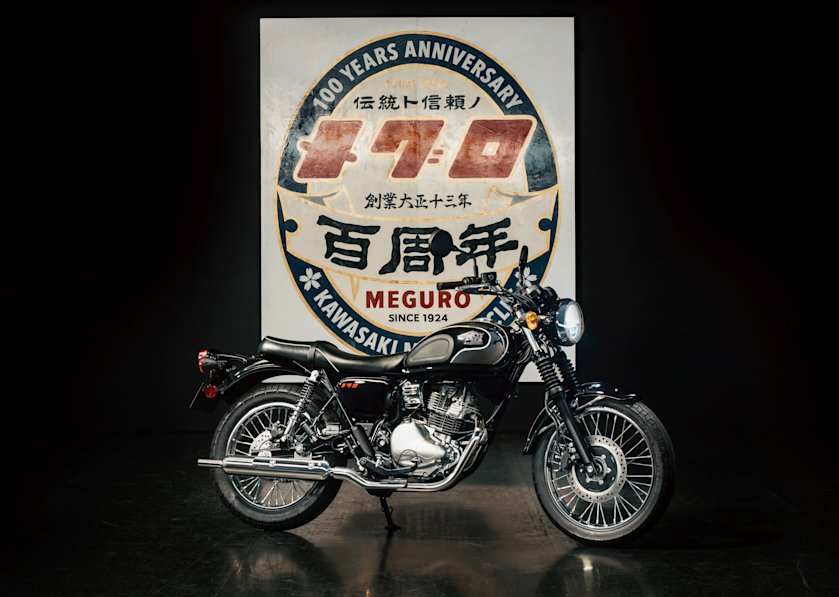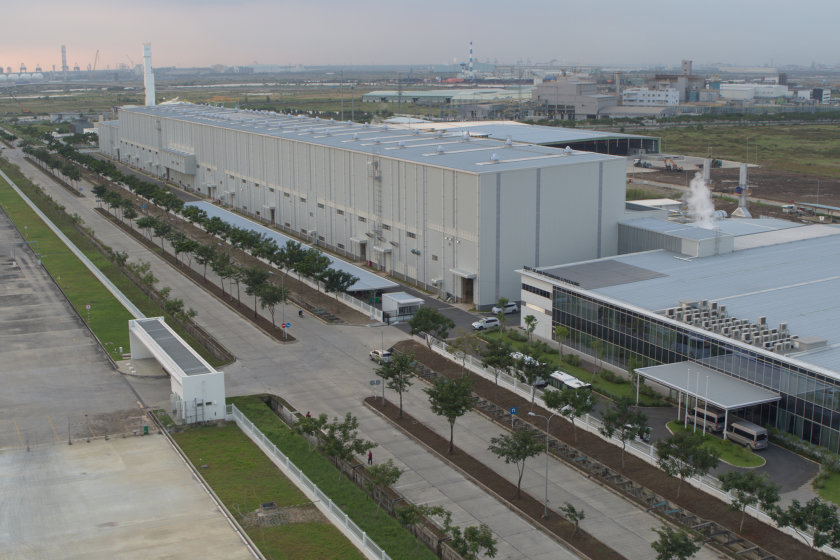Full-fledged Launch of Bimota x Kawasaki Treasured Motorcycle Begins Another Chapter

The solitary manufacturer of the pride of Italian prestige motorcycles—Bimota— made a fresh start by teaming with Kawasaki Motors. What was the background to the realization of Bimota x Kawasaki? Why did the TESI H2 model play such an important part in the opening of the new chapter? What will the future be like with the orientation of the new Bimota? Masanori Kinuhata and Takahiro Kawasugi, who work on the Bimota business at Kawasaki Motors, answer some simple questions about Bimota in the coming era.
Creative Technology and Unique Craftsmanship
While the sense of value has increasingly become more diversified, consumer tastes have become more complicated each year. More people seem to place greater value on what enthuses and really suits them instead of buying something just because everybody has one or that it is trendy. In addition, the experience of the COVID-19 crisis has led to a stronger desire to find personal enjoyment within the context of restricted lifestyles and the style proportion of premium-focused shopping (i.e., paying for added value as a personal preference) is rising rather than convenience-focused shopping (i.e., placing importance on convenience for purchases).*1
On such a tide, interest in hobby-oriented or nonessential luxury labels is growing. For example, every high-end brand strongly supported by enthusiasts, such as Ferrari*2 and Lamborghini,*3 achieved record-setting sales in 2021. The honored Bimota, called an Italian treasure, has taken a step toward a new course at this great time with the wind at the back of a high-class brand that has an original view of the world.
Established and developed in Rimini in the Emilia-Romagna region of Italy, Bimota is known as a select motorcycle brand that stands alone because of its ambition. The range of Bimota products, thoroughly infused with the inventive technologies of renowned designers and the excellent artistry of Italian masters, are so outstanding as to be referred to as Italian treasures and gems in the world of motorcycles. Bimota motorcycles are equipped with dynamic performance far superior to innumerable super sport machines, and the novelty has always given people stunning impressions.

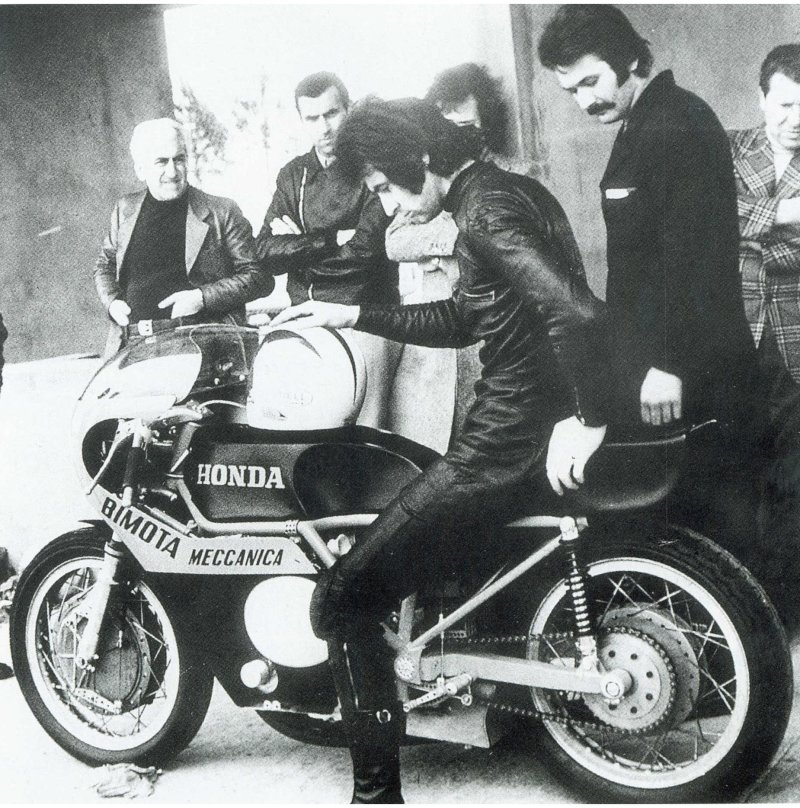
*1 Questionnaire Survey of 10000 Consumers released by Nomura Research Institute on November 19, 2021(in Japanese only)
*2 Press Release of Ferrari: Q3 2021 Results
*3 New Sales Record in 2021 for Lamborghini (January 12, 2022)
History of Bimota Formed by Designers with Strong Characters
The story of Bimota started in 1966 when three young men, Valerio Bianchi, Giuseppe Morri, and Massimo Tamburini, launched a company to manufacture air-conditioning equipment. The name of the new company, Bimota, was formed by combining two letters from each of their family names.
Emilia-Romagna, where the company was based, was a mecca for motorsports. Tamburini, who was born and raised there, was completely devoted to his long-time hobby of motorcycles. He eventually became an extreme enthusiast for riding faster. Tamburini’s passion for motorcycles and his pipe-processing skills cultivated from working on air-conditioning equipment were the driving force in the initiation of the business of building frames. Their aesthetically finished, handmade multi-tubular truss frames offered excellent stiffness, light weight, and a low center of gravity as the best match with made-in-Japan engines from Kawasaki, Suzuki, Honda, and Yamaha, that had great reputations for high power at that time; and racers on a Bimota frame had generated numerous anecdotes of glory at racing circuits.
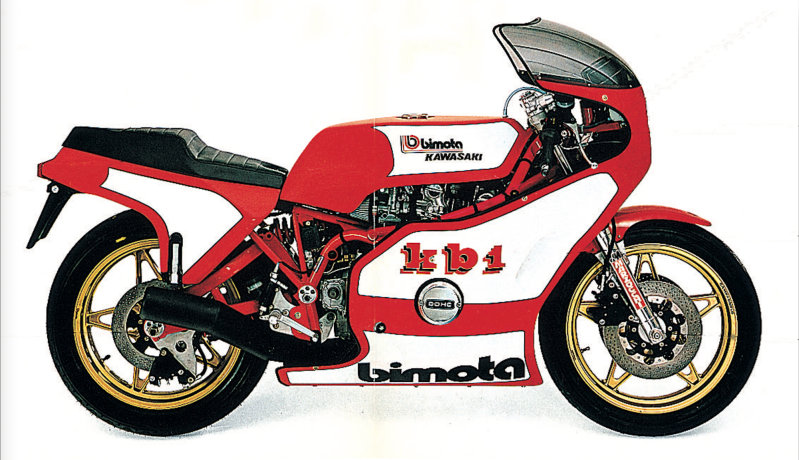
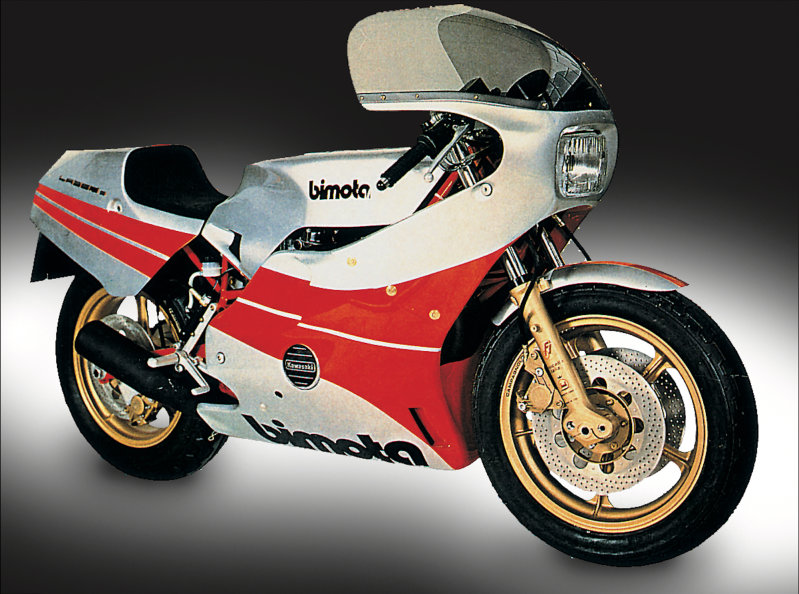
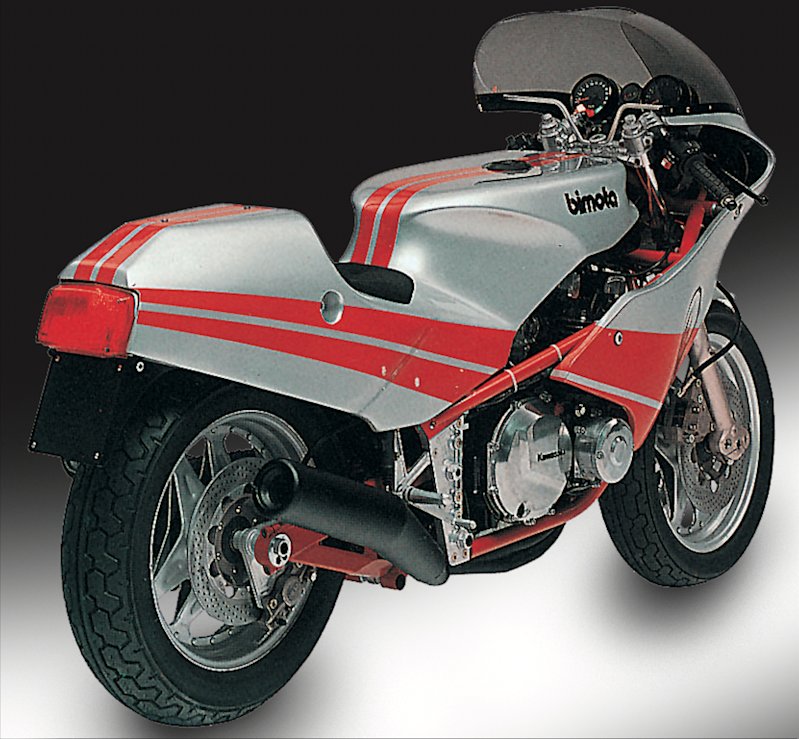
Those who led Bimota in all ages were designers with strong characters. The Tamburini period was followed by Federico Martini who produced creative models, including the DB1 and the YB4.
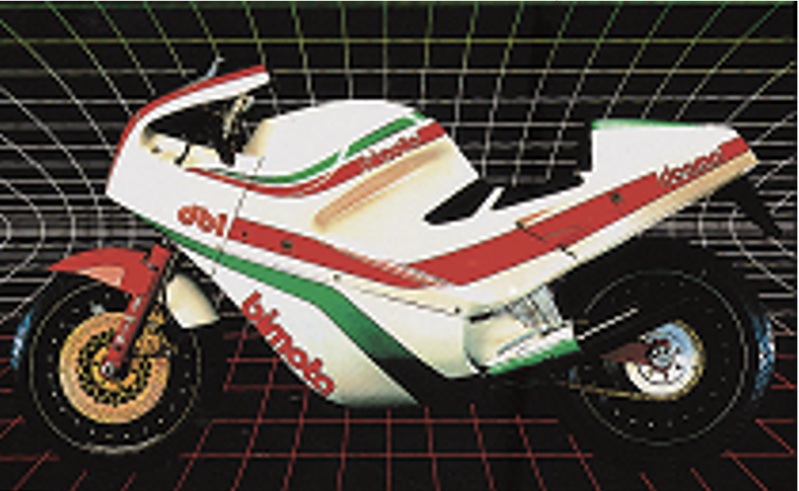
Afterwards, the baton was handed to Pierluigi Marconi, who is, as you know, the inventor of the TESI that had such an impact on the entire world. The TESI 1D, announced in 1990, adopted the innovative hub-center steering system. In addition, novel and astonishing ideas, including the swing arm that stretched frontward and backward from the engine at the center, were aggressively applied to the structure, which created a sensation among many motorcycle fans. Later, he enthusiastically continued to develop the SB6, the greatest hit for Bimota, as well as evolved versions of the conventional DB and YB series and other models.
Though there was a period of surprising changes, including two periods of dormancy, Bimota finally came back in 2019, and to our delight, they manufactured a model with a Kawasaki engine that offered the best performance in the world. The story of Bimota resumed with a new chapter.
Handmade Bikes Processed One by One in the Rimini Factory
The TESI H2 was first seen in public at the Milan Motorcycle Show in November 2019. The model adopted the hub-center steering technology, the symbol of Bimota, and mounted the high-performance supercharged engine used in the Kawasaki Ninja H2. The factory in Rimini, Italy, made only 250 units, and the model, recognized as a genuine supercar in the world of motorcycles, drew a great response.
Masanori Kinuhata, the Deputy General Manager of the MC Division at Kawasaki Motors, is a key person in development of the new Bimota. He was involved in the TESI H2 project from the beginning and had heated discussions with Marconi while offering encouragement for the project.
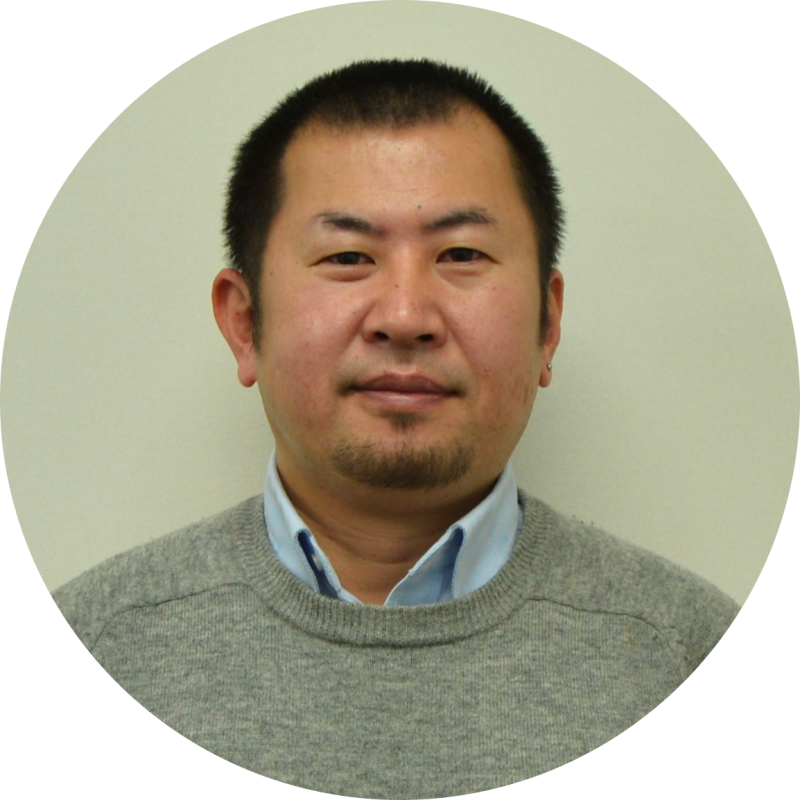
“Bimota as a brand aims to put the ultimate in motorcycles out into the world. Considerable development resources are required to design even one part, such as the engine, and make it conform to high-level performance and quality requirements. It is true that Bimota is not a big company; therefore, they have combined their chassis with an engine offering the highest performance available in the market each time to create the number one motorcycle worldwide, which is their concept.”
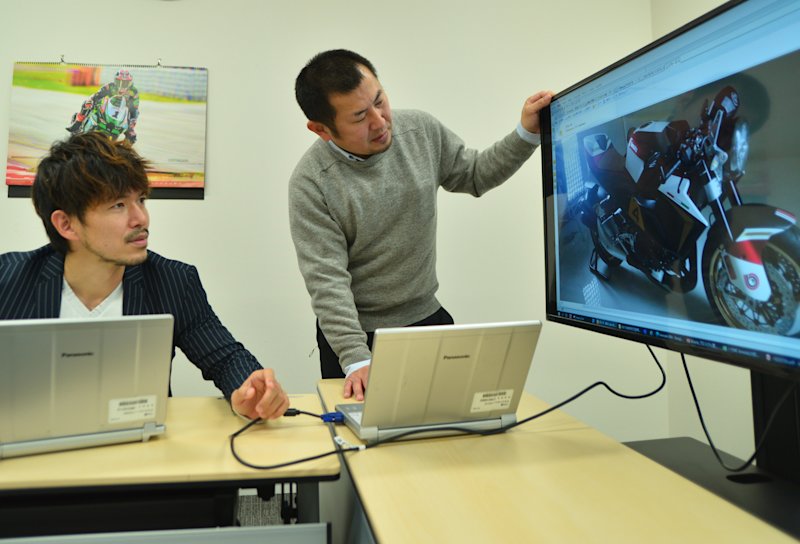
This simple concept of Bimota to equip the world’s best chassis as created by them with the world’s greatest engine has been inherited from the dawn of the company to the present without change. The first machine of the new Bimota is configured with the TESI chassis + the world’s most powerful supercharger unit of the Ninja H2. The second release is the KB4, a descendant of the KB1, which adopted an advanced chassis with a short wheelbase and ideal front/rear weight distribution + a traditional parallel four-cylinder engine unit from Kawasaki.
Both new Bimota vehicles, the TESI H2 and the KB4, are built at the factory in Rimini, Italy. Every part is the result of the resolute efforts of first-class craftspeople who assemble them one by one. The process is like producing artifacts. Takahiro Kawasugi from the Marketing Department of Kawasaki Motors also says that the aesthetics is exceptional:
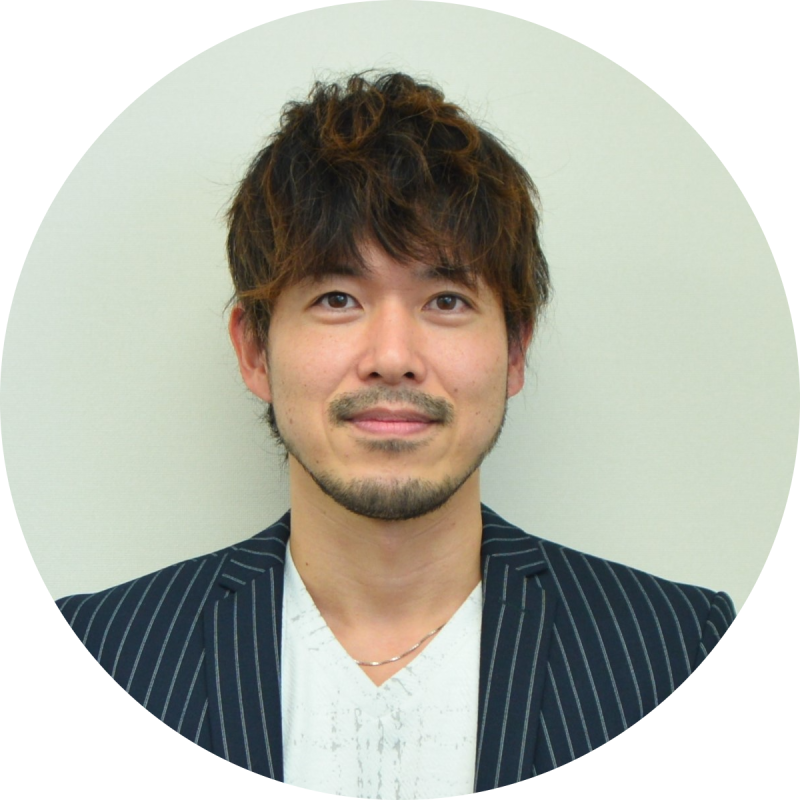
“A Bimota motorcycle catches our eye at any rate even among many bikes of other brands’. It also looks special when seen from a distance, and no compromise can be found no matter how carefully you examine the details. It makes sense that it is referred to as an Italian Gem.”
Bimota vehicles are hand-built at the Rimini factory in Italy. Every component of every product is impregnated with the soul of the designers and the artisans.
To Deliver the Experience of Bimota to More People
What will be accompanied by Kawasaki’s support for the new Bimota?

“Kawasaki possesses a global sales network. Because Bimota does not have an established sales channel, their products have been delivered to only a limited number of users. I believe that people all over the world will be able to experience Bimota in the future.”
Another benefit to the owners is the enhancement of the service.

“We are now preparing together with our distributors across the world so that Kawasaki dealers can provide checks and maintenance for Bimota. In addition, because the arrangement to supply Bimota parts is often made in the home country of Italy, it can take several months from order placement to arrival in some cases. In order to eliminate that inconvenience, we also intend to support the supply of Italian parts in cooperation with Kawasaki Motors Europe.”
Pierluigi Marconi describes the advantages of the alliance between the new Bimota and Kawasaki Motors.
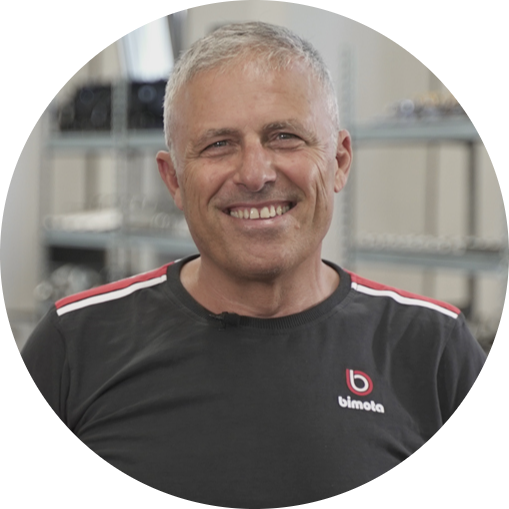
“The petrolhead (motorcycle fanatic) staff of Kawasaki and the personnel of Bimota have the same passion. If we both understand that we are excited by motorcycles, we will be able to create new models that delightfully impress customers.”
Motorcycles by Bimota are the result of Italian craftsmanship. The valuable brand should be passed down to the coming period in one way or the other. ―― Having this desire, Kawasaki Motors will offer support to provide steady and consistent value and expand the scale of the business. Furthermore, the collaboration with the new Bimota is also a significant opportunity for Kawasaki Motors because of the estimated contribution to its revenue through the supply of parts and the sharing of the sales networks. The partnership between Bimota and Kawasaki is a step toward new growth for both brands.
Marconi was born and raised in Rimini, a small beautiful town on the Adriatic Sea. In the 1970s, the old Bimota factory was located below the school classrooms of his childhood. The boy at that time, who was animated when hearing the sounds of motorcycles in class and looked through the window at the sparkling Bimota vehicles with his face alight, built a prosperous era for Bimota in the 20th century and is also making history for Bimota in the 21st century. By the way, the first design drawings of the TESI by Marconi at Bimota are displayed in the present factory of the new Bimota. He sketched this concept draft with, surprisingly, a Kawasaki 550 cc engine in 1982, which was eight years before the TESI 1D, his first work at Bimota, was made in public. It may have been scripted far ahead of its time that Bimota, Marconi, and Kawasaki encountered each other. It was destiny and brought by Kizuna, or enduring bonds.
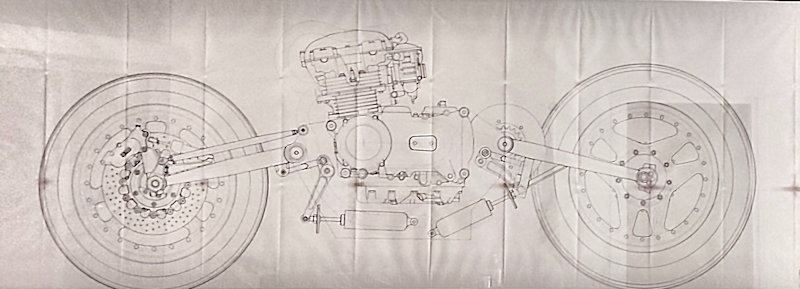

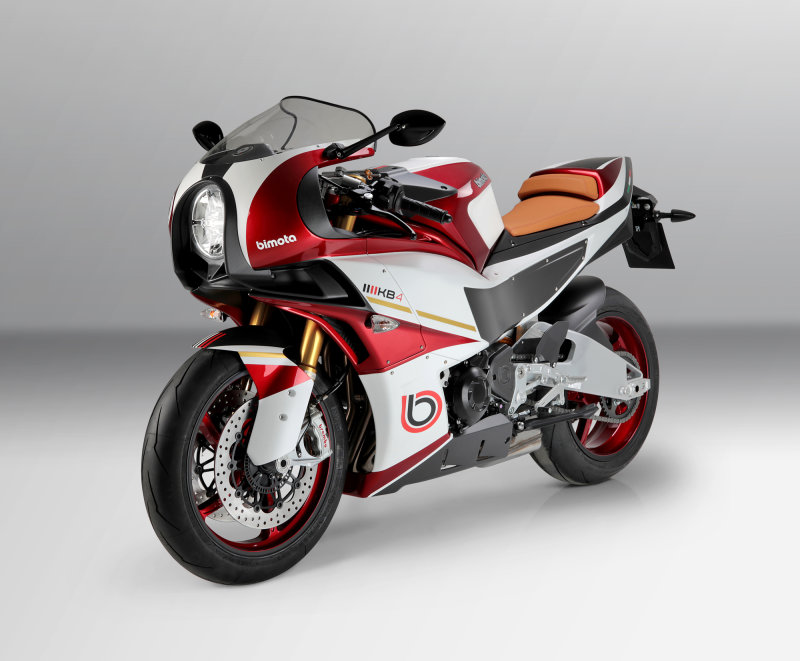
Kawasaki pursues the summit of engine performance while Bimota’s quintessential chassis are the ultimate in Italian craftsmanship. The fusion of these two elements has given birth to unrivaled motorcycles. From now on, we will not only develop new models but also share sales channels and service plans so that more people can experience the Italian treasure of Bimota. Kawasaki and Bimota will thus make progress step by step and side by side.

Kawasaki Motors, Ltd.

Marketing Department, Sales Division
Kawasaki Motors, Ltd.



